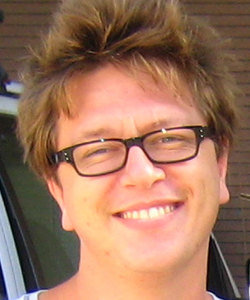Abstract
The Arctic was a restricted basin with limited water mass exchange with the world ocean during the Late Paleocene-early Eocene. The sediments accumulated during this interval exhibit strong indication of low to very low dissolved oxygen content (i.e., very dark clay occasionally laminated) and high total organic carbon content (TOC: 1 to > 5%) consistent with limited ventilation of deep water and density stratification. Regional hydrography, changing tectonic barriers to circulation, and eustatic sea-level changes are all potentially important factors influencing ventilation of the Arctic Ocean during the Late Paleocene-early Eocene. However, the relative importance of these through time is poorly constrained. This proposed work will employ osmium and molybdenum isotopes in bulk sediments from a variety of IODP/ODP cores from the Arctic, adjacent seas and open ocean sites, as proxies to estimate the degree of isolation of the Arctic from the world ocean and to establish the degree of paleo-redox change. The time interval I will focus on includes multiple global perturbations in the carbon cycle. Two hyperthermals events, the Paleocene-Eocene thermal maximum and the Eocene thermal maximum 2, as well as the Azolla event will be investigated by reconstructing a high-resolution record of osmium and molybdenum isotopes during each event. The key questions I will address on are:
- Does the Arctic Ocean 187Os/188Os Arctic increase, compared to the world ocean values as a result of a restricted Arctic Basin?
- Do the molybdenum isotopes measured in anoxic to euxinic sediments record a similar seawater signal to open oceans values?
Biography
I was born and raised in Belgium, and graduated with a diploma in Geology from the University of Liege in 2002. I then pursued a degree in Oceanography and received the opportunity to get a life experience abroad through an exchange program with the University of Hilo. I have not left Hawaii since. I am now starting my fourth year as a PhD student in the Department of Geology and Geophysics at the University of Hawaii, working with my advisor Dr. Greg Ravizza on a variety of topics, from meteorites impacts to past climatic changes, and applying heavy isotopes proxies. During my spare time, I enjoy all the outdoors activities that Hawaii offers and like to attend rock concerts.







